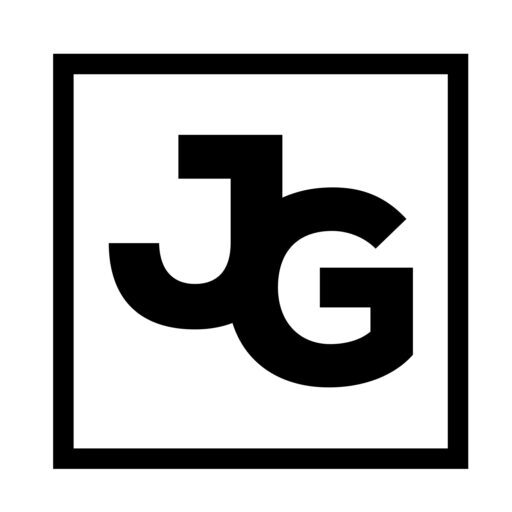Pinterest is the hot “new” thing. For a while I wasn’t sold on the idea because–for some strange unexplainable reason–I was loyal to Delicious. Once Delicious was purchased away from Yahoo, I thought the service would have new life. It did, for a while, and then they blew it. When Delicious relaunched it had a feature called Stacks, which was not all that different from a Pinterest board. Delicious Stacks were like Pinterest boards with the added organizational feature of tags. Sadly, Delicious discontinued Atacks and now I see little reason to use it over Pinterest.
Curating the world around us
While Delicious originally set the social world ablaze with a shared online bookmarking service, it wasn’t until Pinterest that the concept really gained mass appeal. While Delicious focused on organizing through data, Pinterest does it through images. The distinction seems insignificant enough on paper but in practice has opened up new avenues for retail sales, storytelling and marketing.
Both Pinterest and Delicious appeal to the Social Technographic profile of: Collector. Collectors are people who naturally like to gather groups of things and organize them and categorize them.
If you’d like to determine whether your target customer is right for Pinterest, I suggest using this tool from Forrester.
Pinterest can be used in a myriad of ways but here are just a few I’d like you to consider. I’m not giving away all of the ideas, just three to get you thinking.
Storytelling
Source: miniusa.com via Jeff on Pinterest
I use Pinterest to tell my story. I have an “About Me” board. I have a “Brand Loyalty” board. I have a board specifically for things I want, and my dream home, my dream office. All of these boards in aggregate, tell a story about me, about who I am and what I value and appreciate.
As a brand, you can use this same storytelling format to talk about the history of the company, the culture of the company, the people at the company, history of products and services…and much more.
Get creative.
Retail Sales
Pinterest is a HUGE driver of retails sales. Why? Because the dominant demographic of Pinterest are women and the dominant topics are things we want to buy. I’m honestly not trying to be stereotypical or generalize, but women do tend to gravitate towards fashion, style and shopping than men. That being said, there are tons of gadgets, stylish flasks and style for men on Pinterest too. I even found the bracelet that Iron Man wears in The Avengers…WANT.
Source: geekshavelanded.com via Jeff on Pinterest
Pinterest is the online version of window shopping. Since each image is actually a link, you can link to individual product pages. If you add a price in the description of the Pin, you can even get listed in the “Gifts” section of Pinterest.
As a brand that sells products, think about how to organize and categorize your offering and make boards to guide people through the process of buying something. Do the work. Build the boards. And watch for 3 months. If you don’t see a bunch of traffic coming from Pinterest, something is wrong. Either your product isn’t right for Pinterest, you aren’t using good imagery, or the magnetic fields of the earth have shifted…because Pinterest is a retail beast!
Affiliate Marketing
Here’s the crazy one. Affiliate marketing allows you to link to a product or service with a unique URL and if someone clicks through and purchases something, you are entitled to a portion of the revenue. The key to using this effectively is two fold:
1. Don’t be shady. Disclose when you are using affiliate links. It’s actually the law.
2. Don’t simply be self-serving. Create value first.
Some ways that this works in practice. If you look at the Social Media Philanthropy Pinterest account (still under construction), you will notice that each board is targeted towards helping people do something. There’s a board for people who want to start a blog, a podcast or learn how to be a better public speaker. I populate these boards with a maximum of 15 links so that repinning the entire board becomes an easy option. Of the 15 links, the vast majority are resources BUT…the books are Amazon affiliate links, the software, services or products are typically affiliate links.
Source: bluehost.com via Social Media on Pinterest
The above link is an affiliate link.
To be clear though, my first goal is to make a valuable board for people looking to solve a problem. My way to get compensated for the curation of valuable resources, is to use affiliate links.
Think how this works for you.
Get creative.



